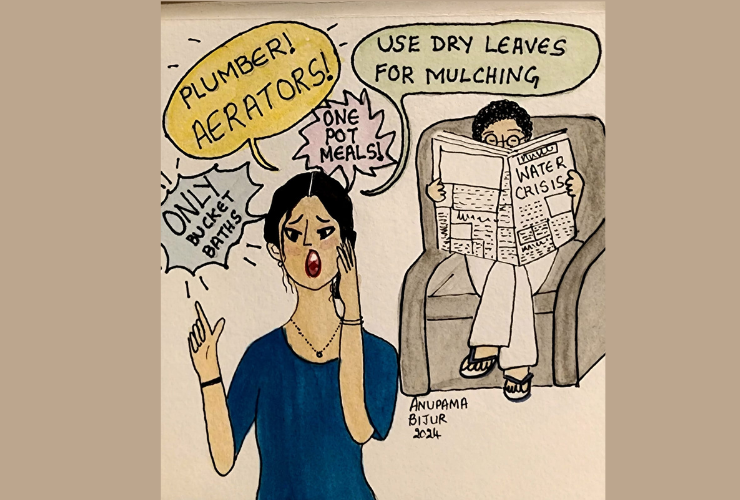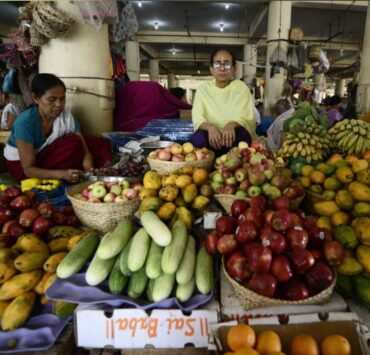

Many cities in India are experiencing water scarcity this summer. In Bengaluru, there’s a water emergency. According to Deputy Chief Minister DK Shivakumar, of 13,900 public borewells in the city, 6,900 have gone dry, and water in the Cauvery river, the chief source of water, is drying up. With demand for private water tankers reaching its peak, the State government took over management of private water tankers to ensure equitable distribution of water and to cap the price surge for trucked water. In addition, a series of measures have been imposed to conserve water like banning the use of drinking water for washing vehicles and gardening, installing aerators on taps at large apartments and commercial establishments, and making permission mandatory for digging borewells.
The New York Times had this to say about Bengaluru’s water crisis: “ The big problem afflicting Bengaluru is not a lack of rain (it gets plenty, about as much as Seattle), but rather what often holds this giant, energetic nation back: arthritic governance. As the city rushed toward the digital future, tripling its population to 15 million since the 1990s and building a lively tech ecosystem, water management fell behind and never caught up as otherwise healthy aquifers were drawn dry by the unchecked spread of urban bore wells.”
Finally, the trickle-down effect is borne by the homemaker.
InkSights is a monthly art series by NWMI member Anupama Bijur viewing current affairs through a gender and news lens.




